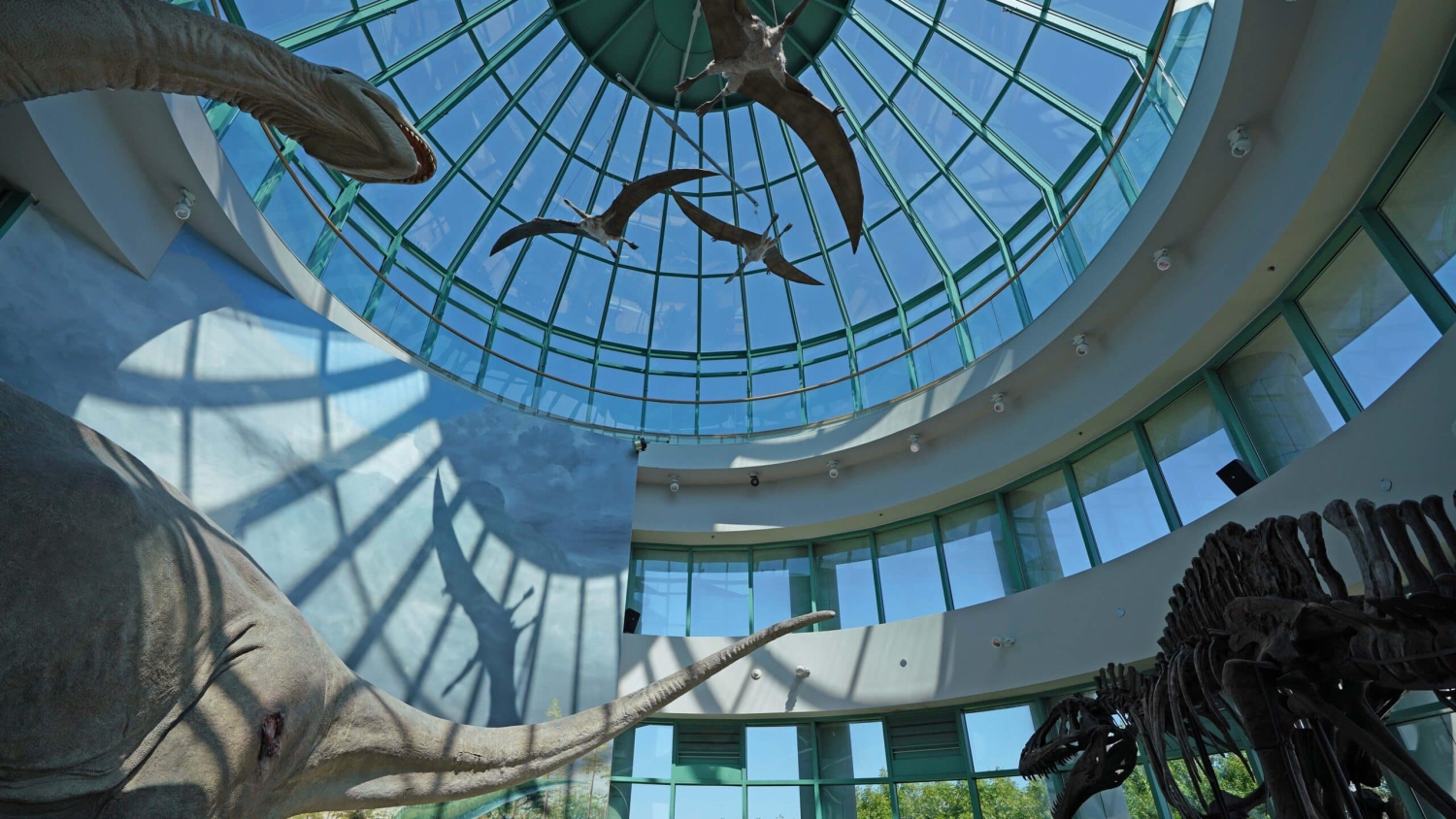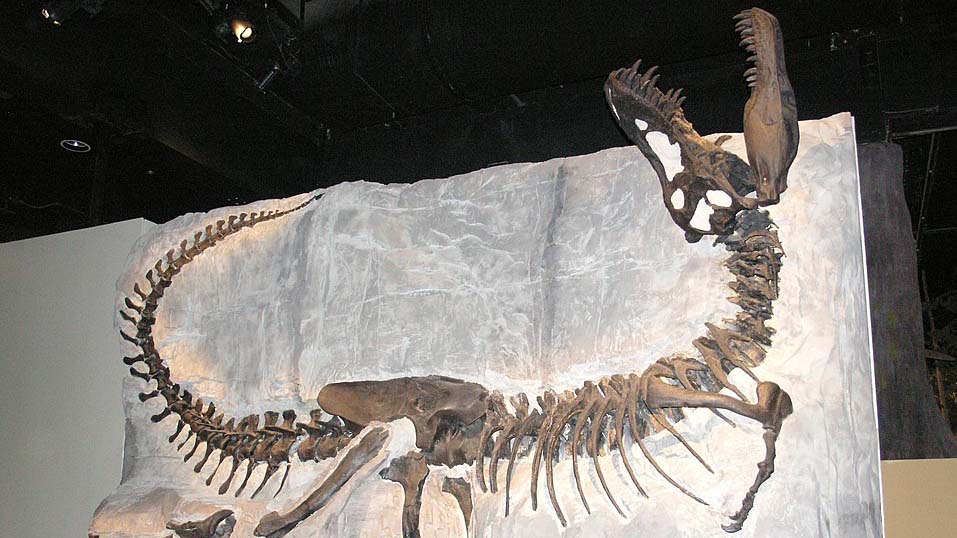Soft Tissue Samples Can Survive in Several Different Dinosaur Fossils

When you think of fossils, dinosaur bones probably come to mind. If you grew up near Raleigh, perhaps it’s the life-sized exhibit on the third floor of the North Carolina Museum of Natural Sciences that you first recall.
Regardless, it might surprise you that for the past two decades, paleontologists have been able to study soft-tissue samples from prehistoric fossils, too. Back in 2005, Mary Schweitzer, then a brand-new professor at NC State University, became the first person to find still-soft and flexible tissues in a dinosaur bone — the 68-million-year-old leg of a Tyrannosaurus Rex, to be exact.
And recent findings published by Schweitzer and other NC State researchers provide further evidence for the preservation of soft tissues and structures through deep time. Interestingly enough, the researchers also found that soft tissue preservation does not seem to depend upon the species, age or burial environment of the fossils in question.
“It seems as though the preservation of vessels through deep time may not be that uncommon,” said Schweitzer, who’s now a professor of biology emeritus at NC State. “But the work still must be done on a case-by-case basis, because so far there isn’t any evidence that a particular preservation environment is best.”
In other words, the likelihood of successfully retrieving tissue samples — blood vessels, for example — from a fossilized fragment of dinosaur bone is not dictated by the species, where you find it or its age.

The researchers tested demineralized bone fragments from six fossils: four T. rex specimens, one Brachylophosaurus canadensis and one ceratopsian (e.g., related to Triceratops), which ranged in age from roughly 65 million to 85 million years old.
“We wanted to test several hypotheses with this work — the first one being whether we would be able to retrieve these tissues from different dinosaur species,” Schweitzer said. “The other questions followed from that one — do the age or the depositional environment make a difference in our ability to retrieve soft tissue from these specimens?”
To start, they used transmitted light microscopy, scanning electron microscopy, transmission electron microscopy and nano-computed tomography to capture extremely high-resolution images of the vessels. Then, to characterize the tissues at different levels, they used several analytical techniques — immunofluorescence, immunogold labeling, lactophenol cotton blue staining and time-of-flight secondary ion mass spectrometry — to identify what the molecules were.
“It’s like starting with a big funnel and working your way down, eliminating and identifying everything we see so that we can distinguish original structures and molecules from bacterial or fungal growth,” Schweitzer says. “And since we don’t have a living control to compare the results to, we use ostriches, which are dinosaurs’ closest living relative, to get an idea of how these tissues should respond to our analyses if they are endogenous.”

While the soft-tissue samples varied in quality, the research team successfully retrieved vessels from all six specimens. On the whole, they found that the depositional environment — where the specimens fossilized — had little impact on the ability to retrieve vessels from fossil samples.
“So don’t rule out a fossil as appropriate for molecular analyses because of depositional environment or age. Those factors don’t seem to matter,” Schweitzer said.
The research was published in Scientific Reports on Feb. 4. Additional co-authors from NC State include Adam Hartstone-Rose, a professor of biology, former lab manager Wenxia Zheng and former post-doc Edwin Dickinson.
This article is based on a news release from NC State University.
This post was originally published in NC State News.